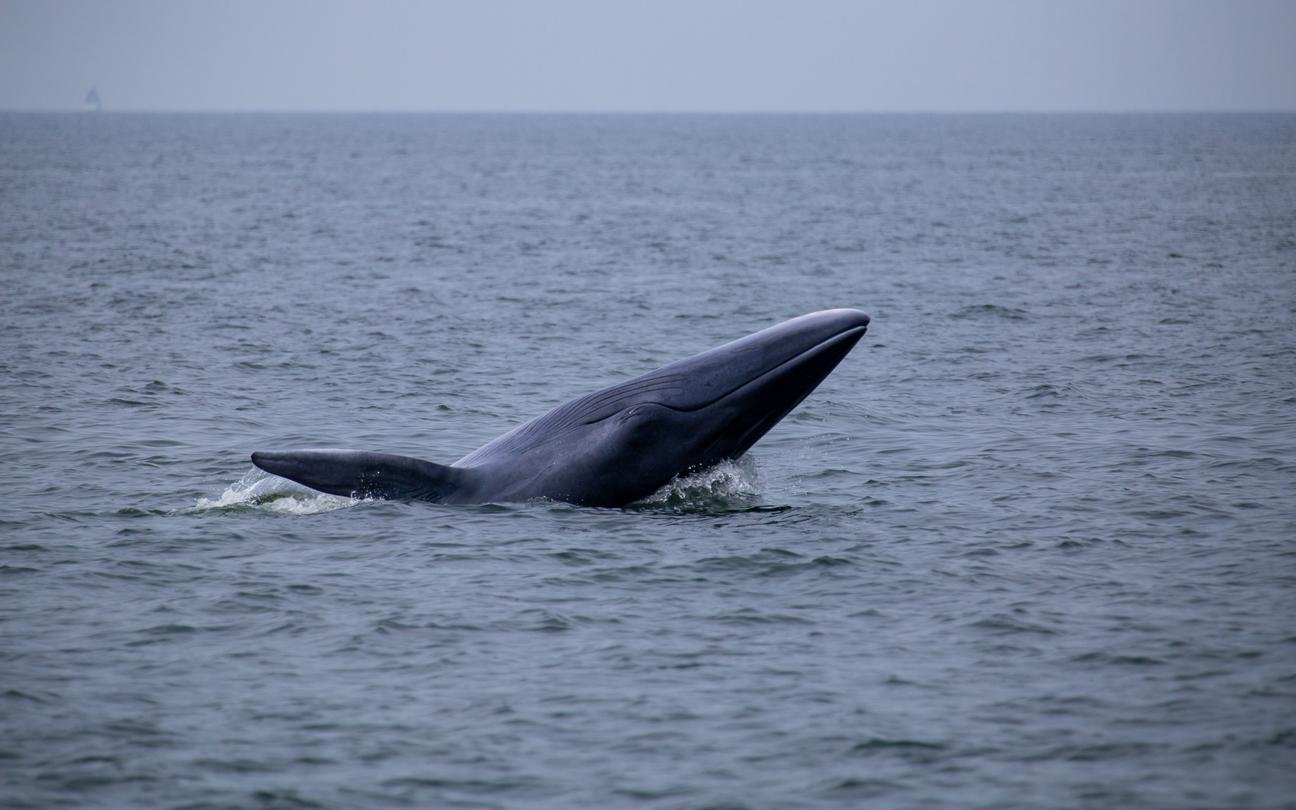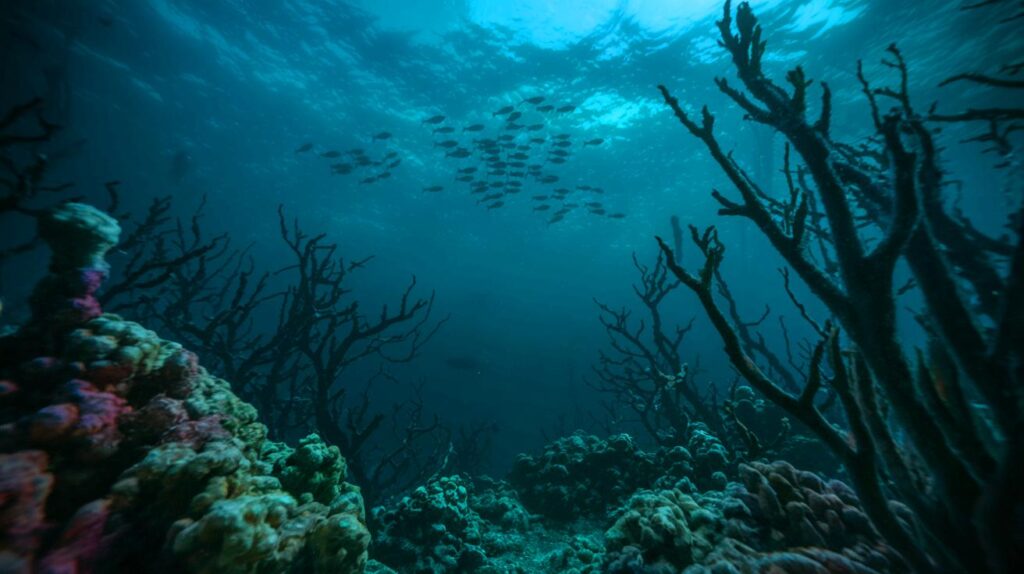| IN BRIEF |
|
The ocean depths hold many mysteries, and one of the most intriguing has just been solved. For several years, strange sounds have been detected in the Mariana Trench, sparking unprecedented curiosity among scientists. These sounds, known as biotwang, have captivated imaginations due to their resemblance to whale calls. Thanks to recent technological advancements, a team of researchers was able to elucidate the origin of these fascinating noises. This discovery underscores the importance of modern technology in understanding natural phenomena and paves the way for new explorations in the field of marine bioacoustics.
An Unprecedented Acoustic Survey in the Mariana Trench
The Mariana Trench, at a depth of 10,935 meters, is a place of unfathomable mysteries. In 2014, a team of scientists embarked on an innovative acoustic study using underwater gliders to explore this region. The detected sounds, a deep rumble followed by a high-pitched ringing, resembled sound effects from science fiction films, adding a nearly supernatural dimension to these discoveries. Initially, the origin of the sounds remained a true puzzle, as researchers found no match with known whale calls.
In 2016, speculation arose, potentially linking these noises to large baleen whales. However, it was only with the rise of new technologies, such as artificial intelligence, that significant progress could be made. With these tools, researchers were able to sort through a vast amount of audio data, opening up new perspectives for solving this mystery.
Bryde’s Whales in the Spotlight
Recent research highlights the central role of Bryde’s whales in producing these mysterious sounds. By analyzing over 200,000 hours of audio recordings using machine learning algorithms, scientists were able to isolate the noises generated by these marine mammals. Nine distinct recordings confirmed their involvement, shedding light on a long-standing mystery. Ann Allen, the lead author of the study, emphasized the importance of these findings by linking the sounds to the migration patterns of Bryde’s whales.
By associating these calls with the seasonal movements of the whales, the team demonstrated that these sounds were concentrated in the northwestern Pacific. This geographical concentration suggests the existence of a specific population of Bryde’s whales responsible for producing these unique calls. It raises new questions about the behavior of these animals and their adaptation to deep marine environments.

Technology Serving Science
The use of advanced technologies played a crucial role in solving this acoustic mystery. Underwater gliders and artificial intelligence tools enabled the capture and analysis of data that would have otherwise been inaccessible. These technologies have revolutionized how scientists interact with oceanic ecosystems, allowing for a deeper and more precise exploration of marine environments.
The development of software capable of distinguishing marine sounds has been a major asset in this investigation. These technological advancements demonstrate how science is continuously evolving, paving the way for new discoveries and understandings of natural phenomena. The integration of these tools into scientific research continues to transform our understanding of ocean depths.
Future Perspectives and Unanswered Questions
While identifying Bryde’s whales as the source of biotwang sounds marks a significant advancement, many questions remain. Why are these sounds so unique, and what exact role do they play in whale communication? Ann Allen suggests that these calls may serve as a means of localization, a sort of “Marco Polo” for whales, allowing them to navigate the vast ocean.
This hypothesis opens the door for future research to deepen our understanding of these acoustic signals. The complexity of these sounds and their precise function in the marine ecosystem remain to be clarified. How will technology continue to shape our understanding of underwater worlds, and what other mysteries await discovery in the ocean’s depths?
This rewrite maintains the same information but adjusts the content to reflect English language conventions and capitalizes only the first word of each title.







